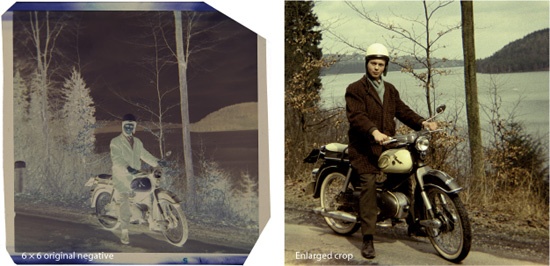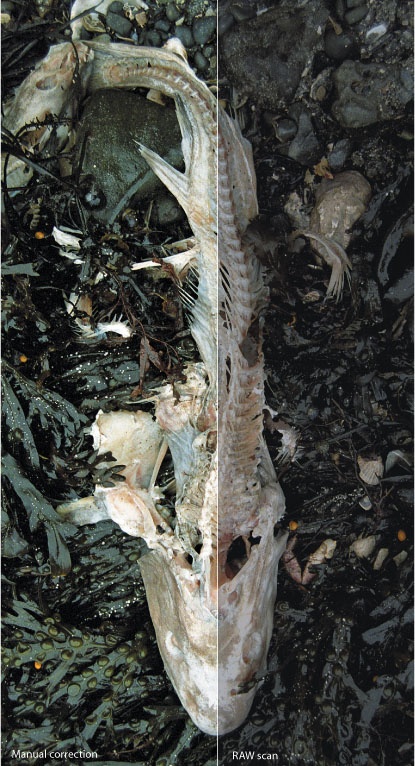Dear Reader,
Digitizing slides and negatives is still a hot topic, which is why this book is already in its third edition in Europe and its second in the US. Just about every home has its shoeboxes and slide magazines (and occasionally more professional repositories) full of analog photographic treasures, just waiting to be rediscovered. The advantages of digital image processing are widely accepted these days, and anyone who owns a scanner can use it to digitize their slides and negatives. This book will illustrate in detail all established scanning and image processing techniques, and will help you to quickly achieve great results. Your choice of scan software is just as important as good quality hardware, although the choice of commercial programs currently on the market is limited to VueScan or SilverFast. In addition to these two specialized programs, most scanner manufacturers bundle a proprietary software package with their scanner products, although these are not usually particularly powerful or easy to use. Nikon Scan is the exception to the rule.
Just as in the digital photography world, the trend in scanning is moving towards the use of RAW data formats. RAW files include the complete, unaltered image data captured by the scanner’s image sensor (at least in theory), but scanning is a complex subject and has plenty of its own idiosyncracies. Please take the time to view the DVD included with this book, as it includes many high-resolution sample scans created using film and flatbed scanners from all the major manufacturers, and clearly illustrates the differences in scan quality that can be produced. I would like to thank all the readers who have provided me with feedback so far. You can contact me any time through the www.slidescan.info website, and I am looking forward to reading all your new comments and suggestions.
Sascha Steinhoff | Bangkok, January 2009 |


